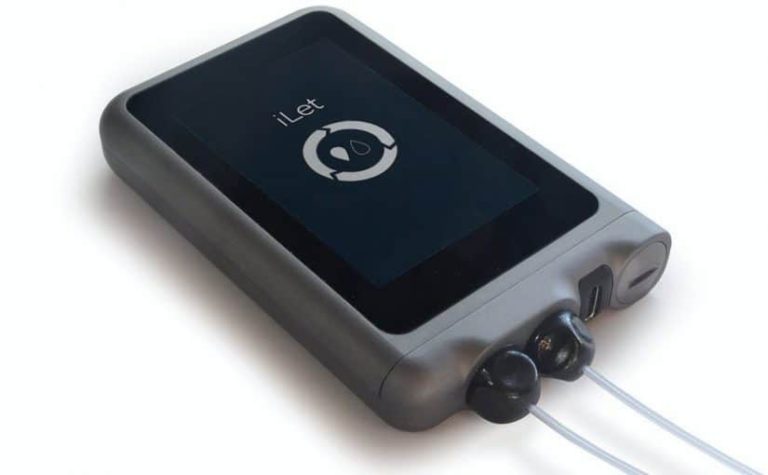How to Improve Insulin Sensitivity with Exercise
Listen up. Since you’re here, you probably want to know how to improve your insulin sensitivity with exercise. Maybe your doc’s been on your case, or you’ve been feeling off lately.
I get it. Insulin sensitivity’s a big deal. Its not just about dodging diabetes – it’s about feeling good, having energy, and living your best life.
So lets cut through the BS and get to the meat of how exercise can turn this ship around.
Understanding Insulin Sensitivity: The Basics
Insulin sensitivity is your body’s ability to use sugar effectively.
When you’re insulin sensitive, your cells respond good to insulin, keeping your blood sugar in check.
Poor insulin sensitivity? That’s a fast track to type 2 diabetes, metabolic syndrome, and a whole host of health issues you don’t want.
Dr. Ben Bikman, a top researcher in insulin resistance, say’s it’s “the root of all metabolic evil.” And he’s not wrong.
Types of Exercise That’ll Boost Your Insulin Sensitivity
- Aerobic Exercise: The Cardio King
Aerobic exercise is you’re first line of defense. Were talking running, cycling, swimming – anything that get’s your heart pumping.
It improve cardiovascular fitness and help’s your muscles soak up glucose like a sponge.
Start with 30 minutes a day, 5 days a week. Cant do 30? Start with 10. Progress, not perfection.
- Resistance Training: Building Muscle, Burning Sugar
Lifting weights isn’t just for bodybuilder’s. Its a powerhouse for insulin sensitivity.
More muscle mass mean’s more places for glucose to go, improving you’re overall glycemic control.
Aim for 2-3 session’s a week, targeting all major muscle group’s.
- High-Intensity Interval Training (HIIT): The Time-Efficient Powerhouse
HIIT’s the secret weapon in you’re insulin sensitivity arsenal.
Short burst’s of intense exercise followed by rest period’s. It’s tough, but it work.
HIIT crank’s up your GLUT4 transporters – think of them as tiny door’s that let glucose into you’re cells.
Start with once a week, then build up as you get stronger.
Creating You’re Insulin-Busting Exercise Routine
Consistency’s key here. The American Diabetes Association recommends at least 150 minutes of moderate exercise per week.
Here’s a sample week:
- Monday: 30-min jog
- Tuesday: Full-body resistance training
- Wednesday: Rest or light walk
- Thursday: 20-min HIIT session
- Friday: 30-min swim
- Saturday: Another resistance training session
- Sunday: Active recovery (yoga, leisurely bike ride)
Mix it up. Keep it interesting. Boredom’s the enemy of consistency.
Maximizing Exercise Benefits
Timing matters. Some studies show exercising in a fasted state can boost insulin sensitivity more.
But don’t sweat it to much. The best time to exercise is when you’ll actually do it.
Post-exercise nutrition’s crucial. You’re muscles are primed to absorb nutrient’s. Don’t waste this window.
A mix of protein and complex carb’s within 30 minutes of you’re workout can help recovery and further improve insulin sensitivity.
Lifestyle Factor’s That Complement Exercise
Sleep’s not just for the weak. Its for the insulin sensitive.
Aim for 7-9 hour’s. Poor sleep can wreck you’re insulin sensitivity faster than you can say “midnight snack.”
Stress management’s crucial to. Chronic stress pump’s out cortisol, which messes with you’re blood sugar.
Try meditation, deep breathing, or whatever helps you chill out.
Diet-wise, focus on whole foods. Ditch the processed junk! Your body will thank you.
Dr. Michael Mosley, known for his work on diabetes and diet, swear’s by a Mediterranean-style diet for improving metabolic health.
Monitoring Progress with a CGM
Wanna get nerdy? Try a continuous glucose monitor (CGM). Its like having a blood sugar spy on you’re arm 24/7.
Regular insulin sensitivity test’s can also show you how you’re progressing.
But sometimes, the best measure is how you feel. More energy? Clothes fitting better? Your on the right track.
Precautions and Consideration’s
If you’ve got existing health condition’s, chat with you’re doc before going ham on a new exercise routine.
Start where you are. Can’t run a 5k? Walk around the block. Progress is progress.
Remember, this is a marathon, not a sprint. (Unless you’re doing HIIT, then its definitely a sprint.)
The Bottom Line
Improving insulin sensitivity with exercise isn’t rocket science, but it do take work.
Mix up you’re exercises, stay consistent, and pay attention to you’re body.
Its not just about avoiding diabetes. Its about feeling good, having energy, and living life on you’re terms.
So get moving. You’re future self will thank you for taking action to improve insulin sensitivity with exercise today.








Leave a Reply